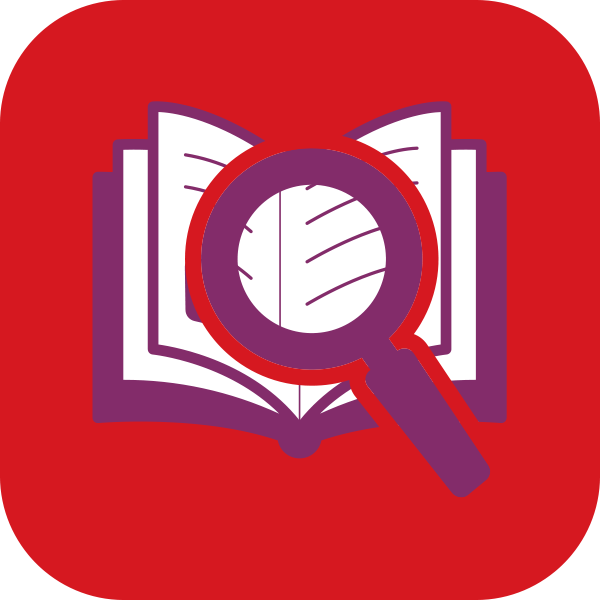All Year 6 teachers and members of a primary school know the stress and anxiety that is linked with the end of KS2 SATs. We all want the very best for the children we teach and do everything within our power to make sure that the children are as prepared as they can be for May, as well as trying to teach them a broad and balanced curriculum and look after their emotional health and wellbeing as well. Not an easy task to balance them all!
So, what can we do to help?
For some children, special access arrangements can be made to make the SATs week as seamless as possible. Access arrangements are there to support children who have difficulty reading, writing or concentrating, children who have difficulty processing information, those with a visual or hearing impairment, English as an Additional Language (EAL) children or children with an Education, Health and Care Plan (EHCP). For these children, access arrangements can be really beneficial to help them achieve to their full potential and remove barriers.
Applying for access arrangements
If you are applying for any access arrangements, everything needs to be ‘normal classroom practice’. We all know that there is no such thing as a ‘normal’ day and things can dramatically change from hour to hour, let alone day to day. However, part of the requirement for additional time or a reader, for example, is that this requirement is already part of normal classroom practice.
The DfE advises that you can evidence these requirements by annotating your planning or on children’s class work – for example, by annotating that extra time was given or the Teaching Assistant supported the child with their reading.
Whenever I have applied for children to have extra time or a reader, I always make sure I have examples of where they have had this additional support in normal classroom practice. If a child has been given extra time, for example, I write ‘ET’ in the margin or, for a reader, ‘Rea’ to show where their work had been supported.
Applying for extra time
In my experience, additional time is the access arrangement that I have most applied for. For some children, 25% extra time can make a huge difference.
If you are applying for extra time, you have to apply through the National Curriculum Assessment tools website and you will receive an instant and final decision. You cannot appeal any decision or reapply.
I have used it in the past for children who have a processing difficulty and require the additional time to show their understanding. It can also be used for children who have visual/hearing impairments, are prevented from writing at a speed for more than 10 words a minute by a physical, motor or learning disability, children who can not read age appropriate texts out loud and fluently at a speed of 90 words per minute without making errors (or very few errors.)
Any children who have an EHCP automatically qualify for extra time. When applying for extra time you need to have the evidence to back up your application. You do not need to send this off, but you do need to have it handy if you have a monitoring visit.
I had a monitoring visit last year and I had all of my evidence in a small file in the headteacher’s office. It included annotated plans, examples of the children’s work to show where the additional time or a reader was normal practice, and the child ‘pupil passport’, if they had one.
On top of this, further evidence is required for some of the criteria:
For Question 5 of the application form, if the pupil is prevented from being able to write independently at a speed of more than 100 words per minute, my additional evidence includes a piece of speed writing, where I ask the children to independently write and proof of what they would produce in one minute.
For Question 6, if the pupil struggles to read age-appropriate texts aloud and fluently at a speed of more than 90 words per minute, I include evidence from GL Assessment’s New Group Reading Test (NGRT). The assessment gives the children a reading age and I find it very useful in supporting my application. I’ve also used GL Assessment’s Teaching Talking as this splits the development of a child based around language and communication into age brackets. Finally, I complete a miscue analysis – a tool that looks closely at the types of reading strategies a reader uses – on a section of an age-appropriate text to show how many words could be read in one minute and how many errors were included in this.
Making adaptations to the test papers
If you have any children where adaptations need to be made to the test papers then you can open the test papers up to one hour early without seeking permission from the Standards and Testing Agency.
If, for any reason, you need to open the papers any earlier than one hour before they start for a more complete adaptation they you do need to submit an application on NCA tools and wait for approval. Permission is required in all cases even if there is an EHCP in place.
Some good news
Not all access arrangements need formal notification and permission. There are some access arrangements that you can just do in your best judgement without needing to complete any requests on NCA tools and wait for permission. In-school arrangements include written and oral translations, readers, prompters, rest breaks, use of a scribe, and use of a transcript, use of a word processor or other technical / electronic aid and administering the test at an alternative location.
To take an example, last year I taught a child with autism. The child was very high functioning and could access the content of the tests. They had no EHCP in place but they did have a medical diagnosis and he was on the school’s SEND register with a ‘pupil passport’ in place. This child needed prompting to stay on task and he also needed regular rest breaks. Because this was outlined on his pupil passport and it was normal classroom practice for him, I didn’t need to have any other arrangements in place. This child was sat in a different room due to needing longer to complete the test with the rest breaks added in.
You may be thinking about one child whom for none of the above access arrangements will work for. In this rare case you may need to consider displaying them from the tests. This tends to be for children who are working well below the national curriculum level. These tend to be children who have an EHCP and significant special needs. You need to disapply the children through NCA tools.
Please remember that we all became teachers because we want the very best for the children that we teach. As well as taking care of the children, remember to take care of yourself! You are doing a fantastic job and are shaping the way for the future! Good luck.



